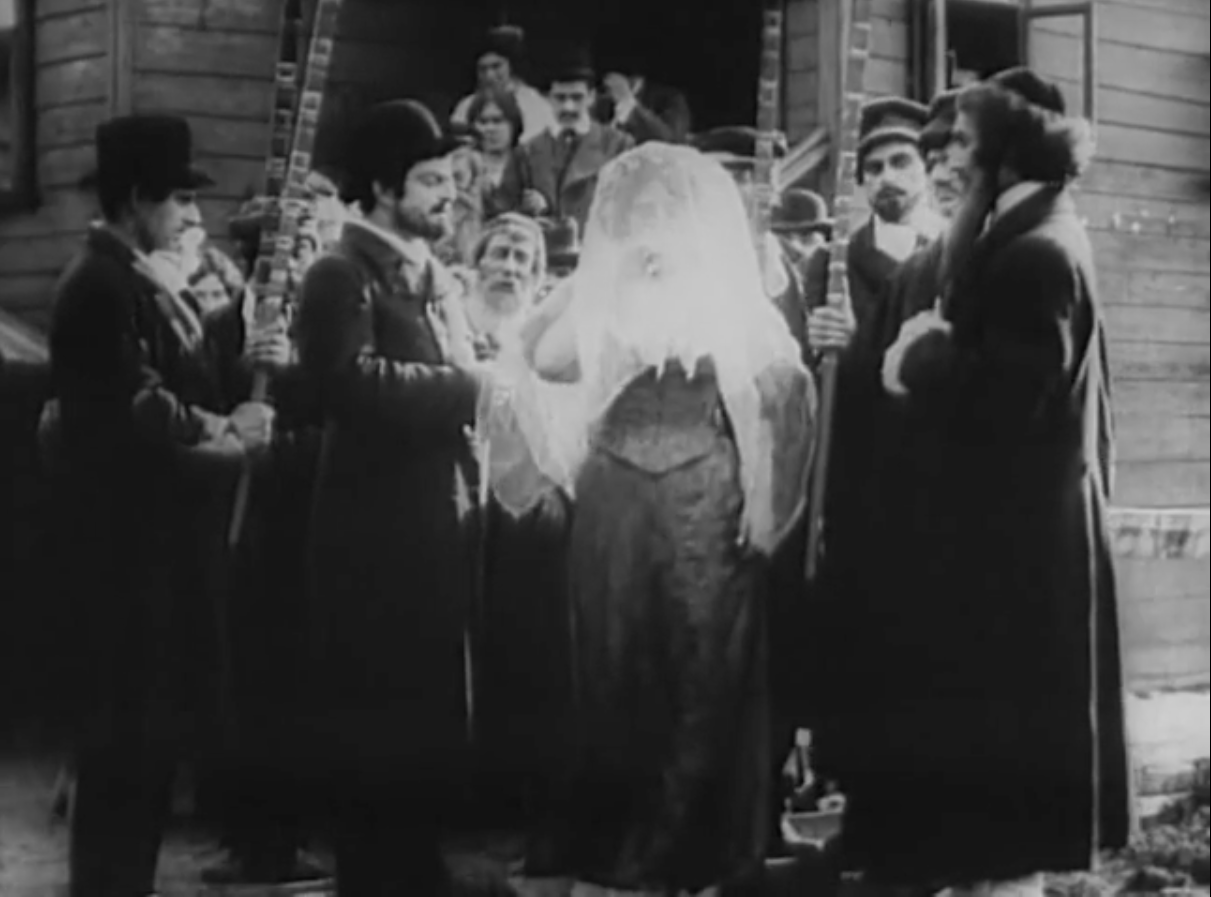Hidden Figures
Rewriting the History of Cinema in the Empire of All the Russias
DOI:
https://doi.org/10.17892/app.2021.00013.284Keywords:
keywords: Aleinikov, Bauer, Drankov, Fedecki, Khanzhonkov, Mickwitz, Matuszewski, Mundwiller, Prószyński, Jagielsky, von Hahn, Romanov, Sabiński, Shiriaev, Thiemann, Trofimov, Russian, Empire, USSR, France, colonialism, cinema history, religion, nationality, gender, intersectionality, foreigners, minorities, Cossacks, Germans, Jews, Poles, Tatars, historiography.Abstract
In recent years, analyses of the suppression of female names have shown how incomplete our conception of the founders as well as creative participation of women is, especially in the early history of audiovisual media. This also applies to the first decades of cinema in the Romanov empire. However, it is not only the names of women that have been and continue to be little known, but also the names of other film pioneers who do not fit into the national or ideologised narrative that emerged in the historiography of the Soviet era. In "Hidden Figures", I explore the significance of the non-national character of the early productions, in search of those figures of the first decade who founded cinema in the Romanov Empire, yet have been neglected in the historiography. The official "year of birth" of cinema to this day is still given as 1908. However, cinema in the "Empire of All the Russias" was introduced much earlier, not only in the use of moving-picture cameras, but also in the fierce reaction to the medium. Thus, the history of imperial film censorship starts as early as May 1896, when cameramen from the Lumière company were arrested in Moscow for their politically unwelcome film reportage about the victims on the Khodynka Field. The history of film production in Russia picks up soon after, in connection with film commissions at the court of Nicholas II and elsewhere in the empire. I am interested in why these earliest films – some of which have survived to the present day – and the names of their makers, Polish subjects of the Tsar (Matuszewski, Jagielsky and others) have not been integrated into national film histories. The October Revolution obviously played a role here, because many of the early pioneers were no longer in the country after 1919, and therefore were not included in Soviet accounts of early film history as emigrants, citizens of another country or enemies of the state. This raises the question of the extent to which today's accepted "Russian" film history is still marked by (post-)coloniality. This text is the first submission to a new Apparatus section, called The Book Lab. These are the introductory chapters of the first part (6 parts are planned in total) and the conclusion of the book Hidden Figures. Rewriting the History of Cinema in the Empire of All the Russias. – This text receives its own DOI and can be quoted as a pre-print. Feedback on this pre-print is welcome and can be sent to the author's address: drubek@zedat.fu-berlin.de.

Downloads
Published
How to Cite
Issue
Section
License
Copyright (c) 2021 Apparatus. Film, Media and Digital Cultures of Central and Eastern Europe

This work is licensed under a Creative Commons Attribution 4.0 International License.
The articles in Apparatus are published under https://creativecommons.org/licenses/by/4.0/ This license does not apply to the media referenced, which are subject to the individual rights owner's terms.
The authors hold the copyright without restrictions and retain publishing rights without restrictions.





